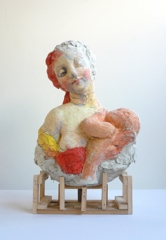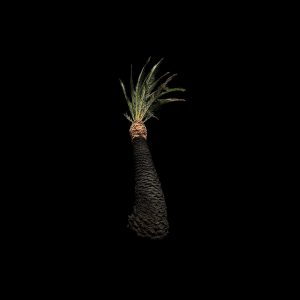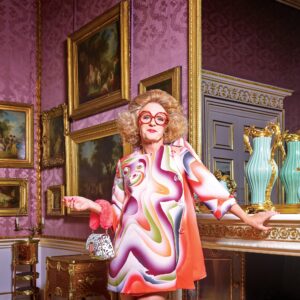
info: www.madder139.com
9 October – 15 November 2008
“To preserve, artificially, [man’s] bodily appearance is to snatch it from the flow of time, to stow it away neatly …. in the hold of life”
MADDER139 is delighted to announce the first solo show of Rachel Thorlby. Through a combination of drawing and sculpture Thorlby juxtaposes the old with the new to contrast the elaborate with the everyday. Working from reproductions of historical portraits Thorlby snips, enlarges and cajoles the two dimensional image into sculptural form.
Classic sculptural materials such as marble and gilt are replaced by more rudimentary tools like cardboard and paper. Yet through these matt, sheenless surfaces Thorlby reinvents the rich exuberance of the original materials.
By disrupting our customary methods of observation Thorlby breaks recognisable images out of their historical and social context and reassembles them in ways that show what an image is in all its component parts. Where for instance oil painting embodies the personal, the treasured, the saved, cardboard depicts what is ordinary, disposable and everyday.
‘Untitled (Black Form)’ is taken from Boucher’s ‘Marquise de Pompadour’, a portrait where the dress is the most considered part of the painting, overflowing and almost smothering the subject. The elegant folds of the skirt read like a landscape, weaving in and out; Thorlby highlights this by beheading Pompadour and concentrating entirely on the dress’s form to create a rock-like fragment.
The sculpture’s black surface gives it an impenetrable density, making it at odds with the tradition of ornament. In ‘Spectre’ (taken from a 1940s studio portrait of the actress Ann Blyth) Thorlby subverts and disrupts the beauty of the carefully constructed image with the use of creased photocopies.
In the collage series ‘Shadowlands’ Thorlby questions our notion of place and how it is perceived and remembered, using images that range from Italian early Rennaissance paintings to 20th century cinematic landscapes. Here the figures have disappeared, collaged over and made absent by the material itself, leaving vaguely familiar spaces or backdrops, landscapes half remembered.
Thorlby’s drawings are detailed studies of found objects laid over images of portraits. Faces and identities are obscured by discarded materials such as string and polystyrene thereby perpetuating the anonymity of the subject, leaving instead a hybrid with sense of the ‘other’. Fascinated by the disparity between these insufficient forms and the faded magnificence of the past, Thorlby questions the artifice of an image and the truth of representation. Whilst these are indeed failed monuments through the use of such impoverished materials, Thorlby’s work is nevertheless an act of reinvention. By reconstructing the depictions borne out of past encounters between artist and sitter Thorlby’s work breathes new life into these forgotten entities.
With Thanks to Russell Herron







